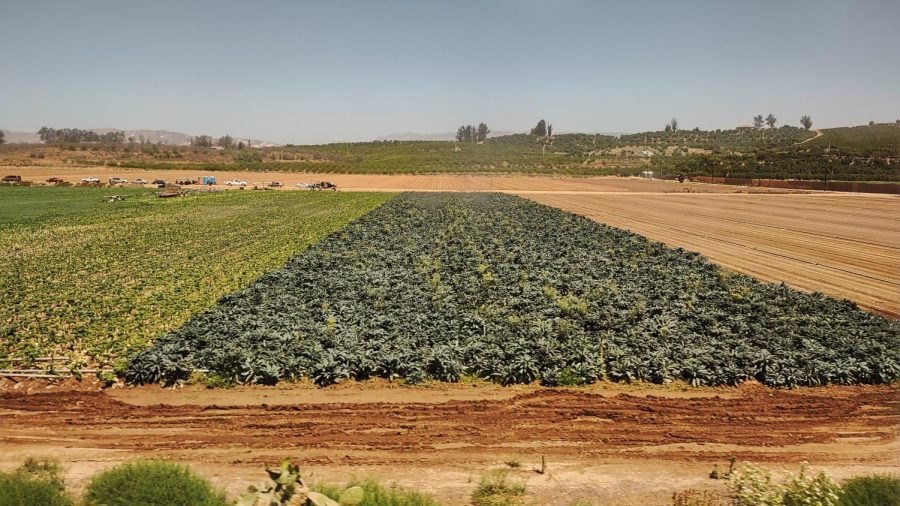Oregon Farmworkers and Labor Rights
March 7, 2023
You probably never stop to consider where your meal came from. But chances are, the food that’s on your plate every night was grown and harvested by immigrant farmworkers. As of 2016, a whopping 73 percent of the farmworkers in the United States were born in another country. In Oregon, this number is closer to 40 percent, but still, that figure presents unique issues.
How do we ensure that these communities have safe working environments? What can we do to make sure they are adequately compensated for their work? And how will they be affected by the growing dangers of severe weather events caused by climate change?
Those farmworkers who are undocumented face even more barriers to success. The government aid that many in the industry depend on is inaccessible for them, and housing is hard to come by. This leads to many undocumented farmworkers living in multigenerational households with tight quarters that lack air conditioning—not exactly a welcome respite from the heat after long days harvesting crops.
In Oregon, however, farmworkers are supported by a sizable network of organizations whose mission is to connect workers to resources and advocate for their rights. The largest Latino labor union in Oregon is Pineros y Campesinos Unidos del Noroeste (PCUN), which advocates for the wages and working conditions of farmworkers in Oregon. Another prominent organization in Oregon is the Farmworker Housing Development Corporation (FHDC), which connects local workers to housing and social services.
Aside from nonprofit organizations striving to make a difference when it comes to farmworker’s rights, the Oregon legislature has taken significant steps to protect farmworkers in the face of extreme weather events such as unseasonable heat and wildfire smoke. Oregon Occupational Safety and Health Division (OSHA) Administrative Order 3-2022 went into effect on June 15, 2022, and it requires companies to provide heat related illness plans, give their workers paid breaks from the heat, and provide adequate shade and water.
These new rules provide work-rest schedules that dictate how long workers must be permitted to rest depending on weather conditions. As temperatures climb, employers are required to give their workers longer break times, during which they must have easy access to the shade and drinking water that is also mandated by these rules. In heat-trapping clothing, such as the suits required for spraying pesticides and other chemicals, the rest periods are increased.

As summers are becoming consistently hotter, and wildfires continue to ravage the West Coast, these rules are especially important to protect farmworkers, who work outdoors for many hours each day. Exposure to smoke from wildfires can be particularly dangerous for those who do not have the luxury of working indoors. This has led the state of Oregon to now require agricultural companies to provide N95 masks to their workers once the AQI exceeds 100.
By no stretch of the imagination have these new rules made farmworkers’ lives easy. But Oregon has taken steps no other state in the nation has been willing to take in order to begin the journey towards a future where these integral workers are protected and seen as valued members of the workforce. Only through advocacy, education, and legislature will this future be possible.



